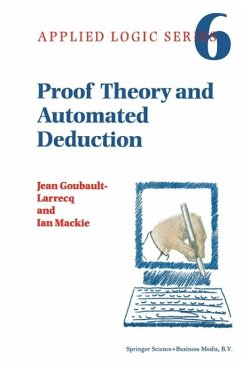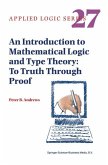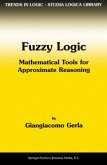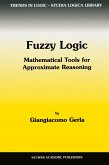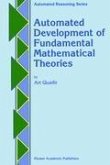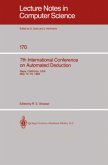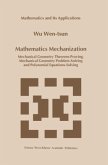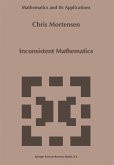The last twenty years have witnessed an accelerated development of pure and ap plied logic, particularly in response to the urgent needs of computer science. Many traditional logicians have developed interest in applications and in parallel a new generation of researchers in logic has arisen from the computer science community. A new attitude to applied logic has evolved, where researchers tailor a logic for their own use in the same way they define a computer language, and where auto mated deduction for the logic and its fragments is as important as the logic itself. In such a climate there is a need to emphasise algorithmic logic methodologies alongside any individual logics. Thus the tableaux method or the resolution method are as central to todays discipline of logic as classical logic or intuitionistic logic are. From this point of view, J. Goubault and I. Mackie's book on Proof Theory and Automated Deduction is most welcome. It covers major algorithmic methodolo gies as well as a variety of logical systems. It gives a wide overview for the ap plied consumer of logic while at the same time remains relatively elementary for the beginning student. A decade ago I put forward my view that a logical system should be presented as a point in a grid. One coordinate is its philosphy, motivation, its accepted theorems and its required non-theorems. The other coordinate is the algorithmic methodol ogy and execution chosen for its effective presentation. Together these two aspects constitute a 'logic'.
Hinweis: Dieser Artikel kann nur an eine deutsche Lieferadresse ausgeliefert werden.
Hinweis: Dieser Artikel kann nur an eine deutsche Lieferadresse ausgeliefert werden.

